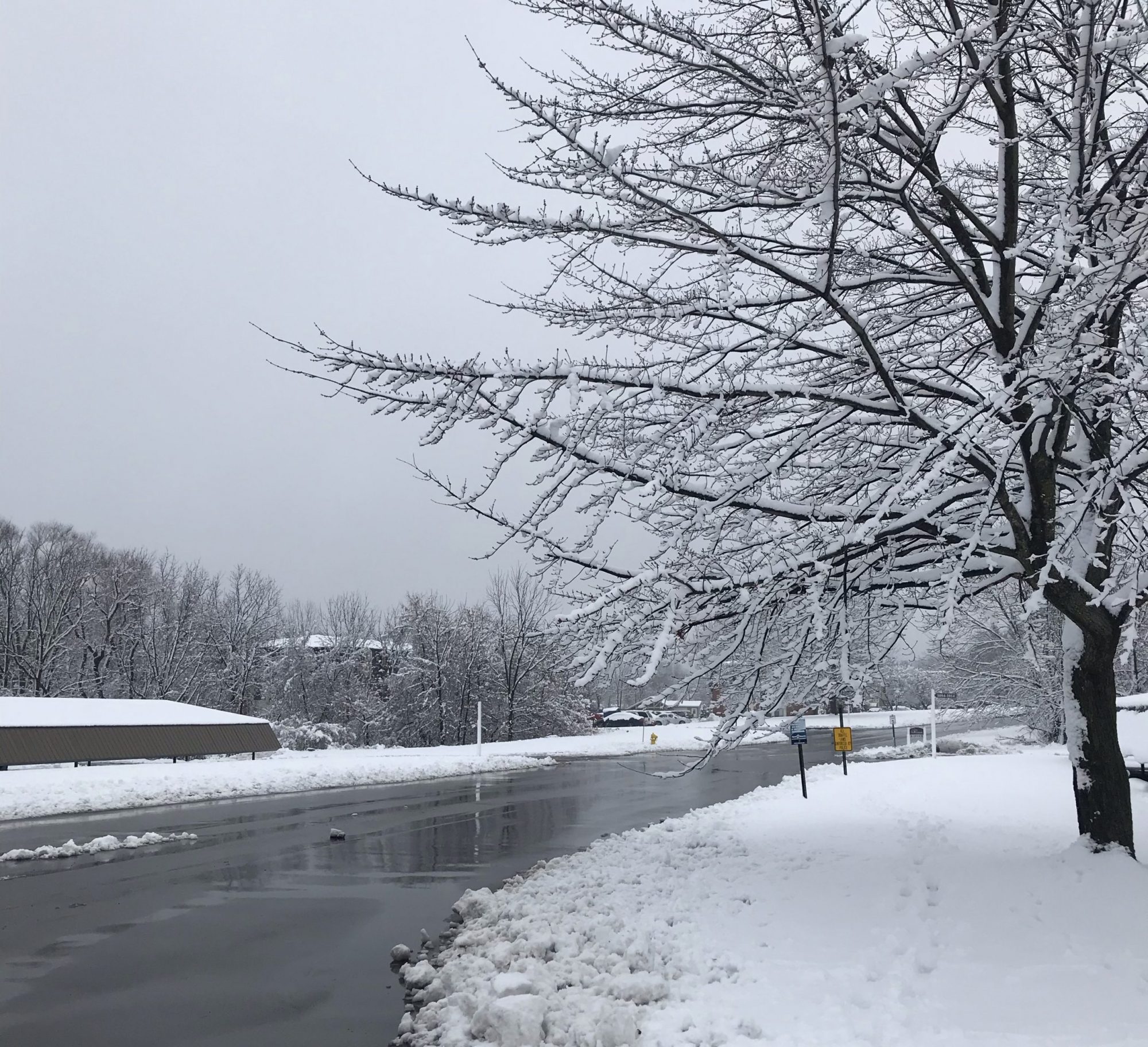I have a thing for learning about natural disasters. It’s something that I’ve discovered about myself over the years–there is something about the whole man versus nature and the events surrounding these experiences that is fascinating to me. As a result of this interest, I picked up A Furious Sky: The Five-Hundred Year History of America’s Hurricanes on Audible during one of their two-for-one sales and gave it a listen.
I got through the book in only a few stretches of time and probably could have listened to the whole thing in a day if I’d had the 10+ hours where I didn’t need to engage with other people beyond the perfunctory. On the audio end of it, it was well-produced and the narrator was very good with the material that he was presenting.
The actual content of the book, for me, was largely familiar territory, though there were some segments of the book that were new material for me. For those who have read or seen documentaries about the Galveston Hurricane, the Labor Day Hurricane, or the Long Island Express, these sections of the book will be very familiar and tell stories that you’ve heard before with very little variation from previous works. If you don’t know much–or anything at all–about these events, though, they offer a striking window into what the experiences of these storms were like. Information about some of the earliest recorded storms was very interesting, and the storms discussed in the mid- to late-twentieth century and beyond offered glimpses into these storms that went beyond the headlines and weather reports.
One of the most interesting aspects of the book was the coverage of how the science of hurricane prediction and the technology involved has evolved over time and continues to evolve. If anything, the book was a worthwhile listen for this information alone. The author, Eric Jay Dolin, is a scholar himself and has synthesized a lot of information into a (relatively) short piece on the subject.
All in all, a worthwhile listen. Definitely recommended to anyone with even a passing interest in the weather–and looking for a slightly heavier but still completely accessible beach read.
